The richness of life in prairies can be astounding, even at a small scale. As a prairie ecologist, I see that every day as I wander through them with my camera or clipboard, but it can be hard to portray that to a skeptical public.
Photography has been a crucial tool in my crusade, giving me the opportunity to introduce people to the plants and animals that inhabit what so many people consider “boring grassy areas”.
In 2018, I undertook a new project to celebrate the diversity and beauty of prairies. It was a way of doubling down on my frequent assertions that you can find an astounding number of species in prairies if you just take the time to look for them.
To prove the point, I went to a small restored prairie near my Nebraska house and then chose a much smaller portion of it – a 1×1 meter square – and pledged to photograph everything I could within that diminutive fragment over the course of a year.
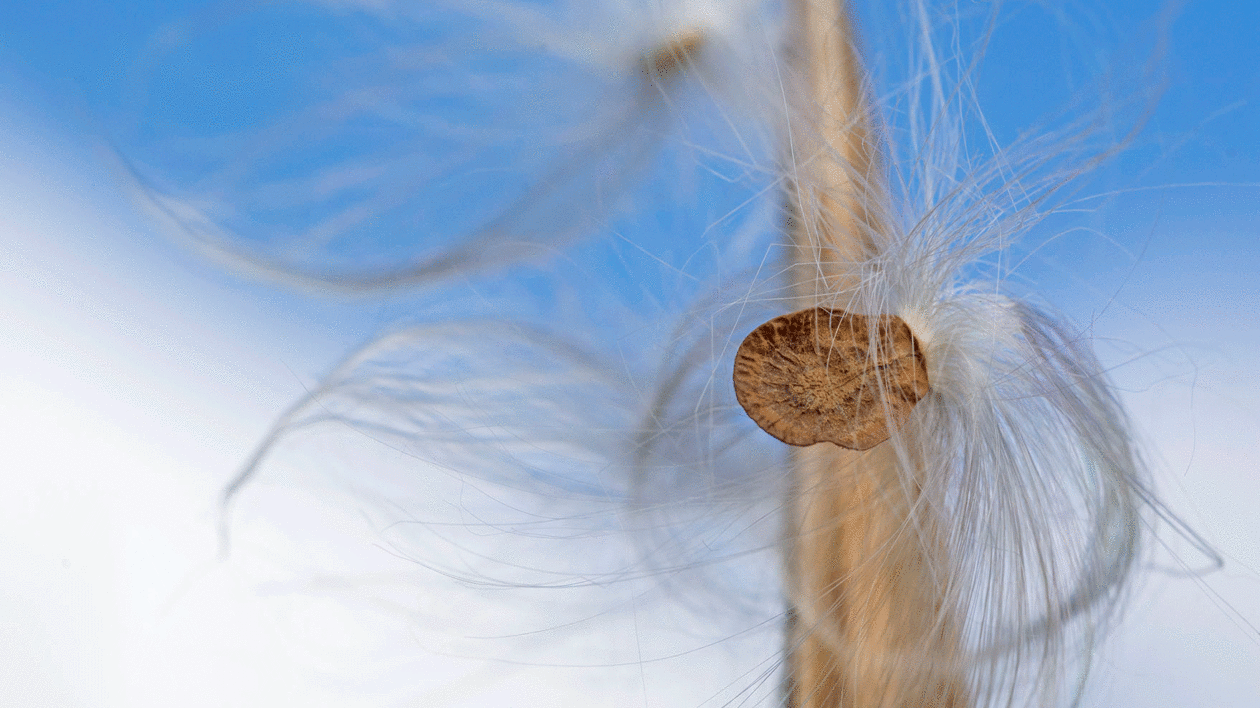
I began in late January, 2018. As of today, I’ve photographed 113 different species of plants and animals inside that little patch – not counting others that flew, scurried, or hopped away before I could snap their picture. I’ve made nearly 50 trips across town to my plot and have yet to come away disappointed. During the field season, nearly every visit yielded at least one new species.
Clearly, most of the species I photographed within my plot didn’t spend their entire lives within that tiny area.
The diversity I found was dependent upon the surrounding prairie, though even that larger prairie is only a few acres in size and fragmented by several patches of trees. The prairie is also fairly new – planted by Prairie Plains Resource Institute in the early 1980’s.
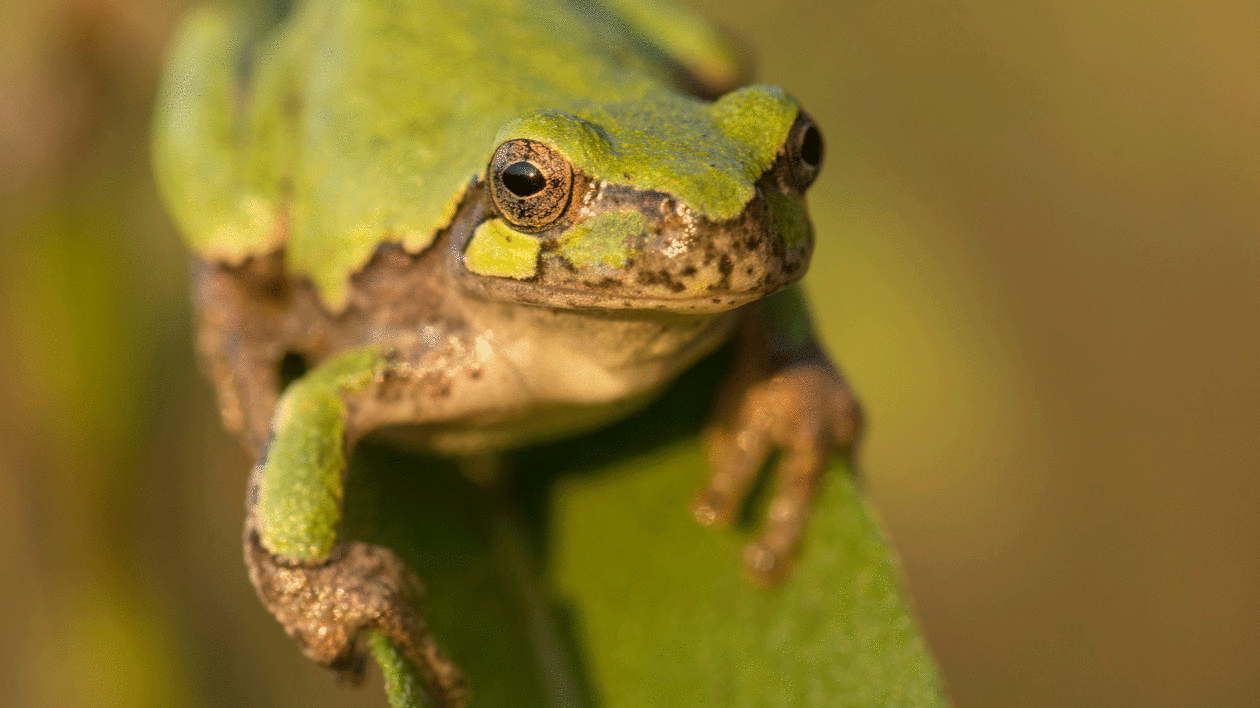
Many people might be surprised to find 113 plant and animal species within a small unassuming prairie nestled between a suburban neighborhood and a corn field, let along within a single square meter of it. That is pretty much the crux of the project.
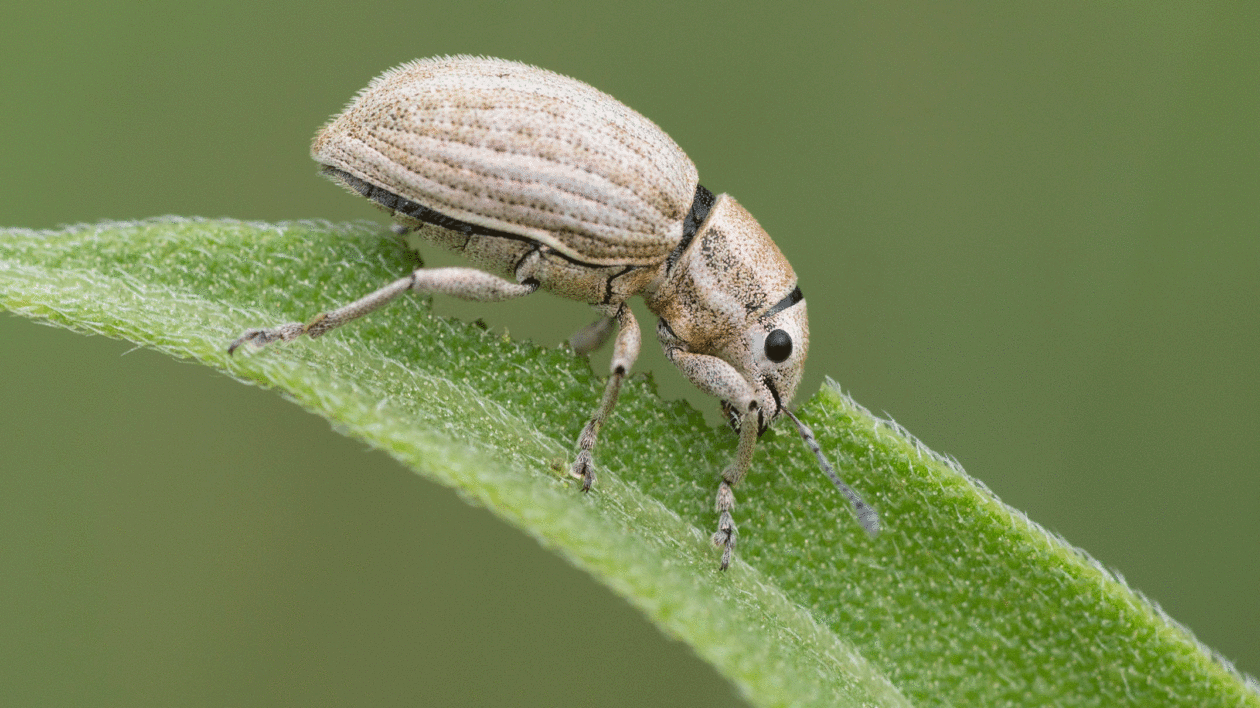
Among the eighteen beetle species is bright red one that, like monarch caterpillars, feeds exclusively on milkweed plants. Another decapitates sunflowers so it can lay eggs inside the exposed stem.
The seven spider species I found within the plot represent a range of hunting strategies, including some that catch food in webs, but also some that stalk and/or ambush their prey.
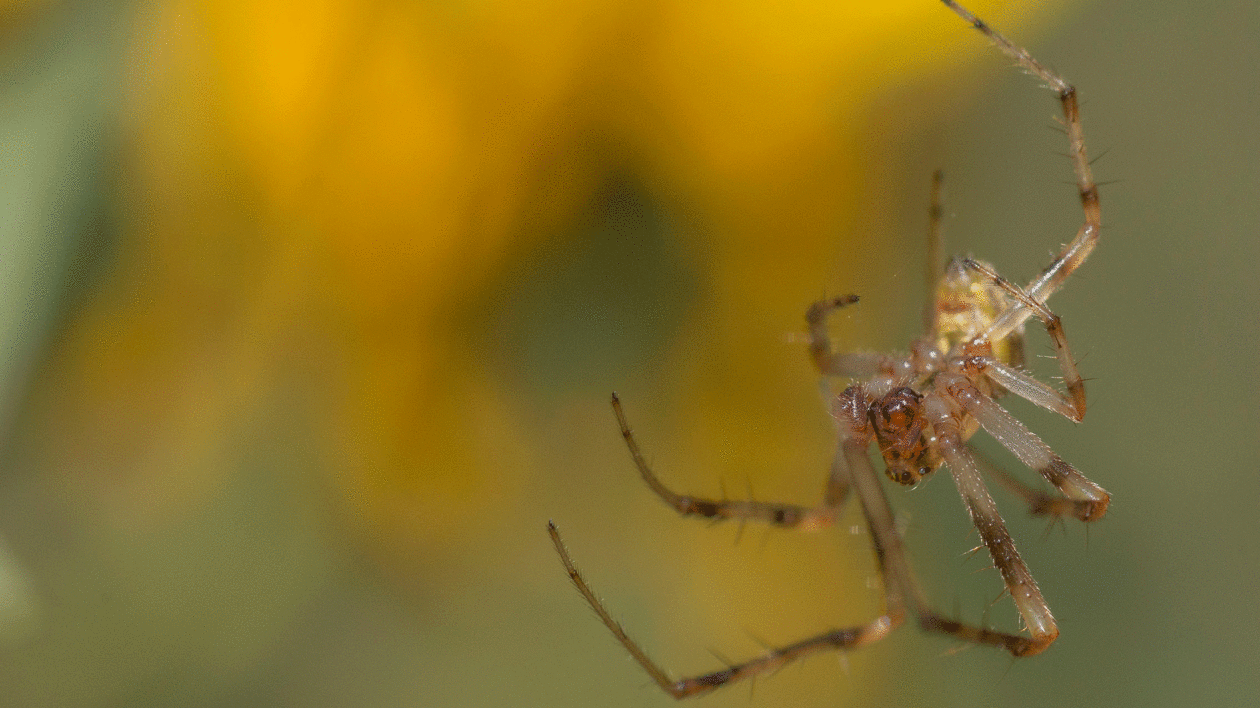
I was thrilled to photograph two different monarch butterflies inside the plot, the more so because of their current population declines.
However, I was equally excited by the sunflower stem that looked like a miniscule woodpecker had drilled a hole into it – clear evidence of a stem borer moth caterpillar at work.
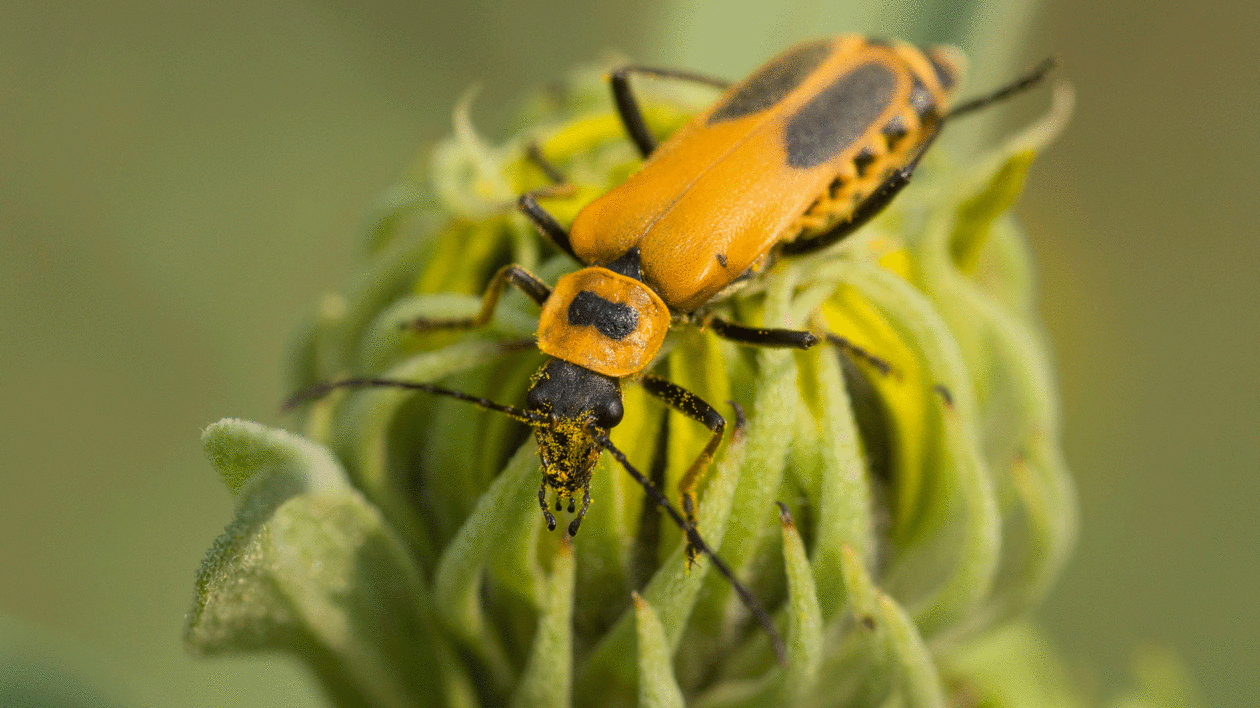
The most diverse group of insects found in my square meter was the flies. There were twenty one different kinds of flies, including some that resemble the familiar house fly, but others that few people would recognize as flies.
For example, a bee-mimicking hover fly was a common visitor throughout much of the season. I also photographed a crane fly that looks like a massive mosquito and a gall midge with an ovipositor (tubular egg-laying organ) as long as its body.
My favorite of the flies, though, was Delphinia picta, a gorgeous picture-winged fly that looks like it’s wearing a gas mask, feeds on rotting vegetation, and blows bubbles as part of its courtship behavior.
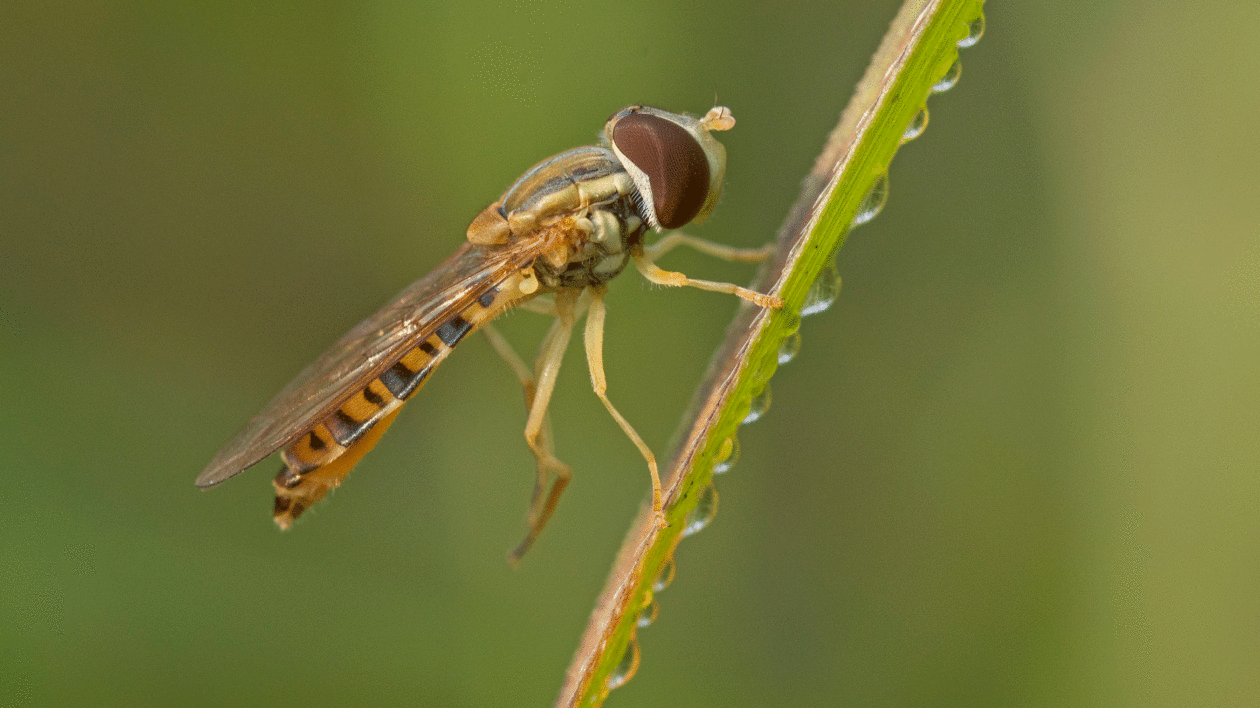
Despite the impressive diversity of organisms I found, this project was about much more than biological inventory. I found myself inspired to photograph tiny feathery anthers on the flowers of grasses, an exquisite network of veins in a backlit leaf, and gracefully drooping petals of flowers as they wilted.
Because I confined my exploration to such a limited geography, I looked at the prairie in new ways. Eschewing my typical photography approach of roaming broadly across prairies, looking for something of interest, I instead sat down and examined my plot inch by inch for appealing subject matter. I always found it. I hope others will find it among my photographs.
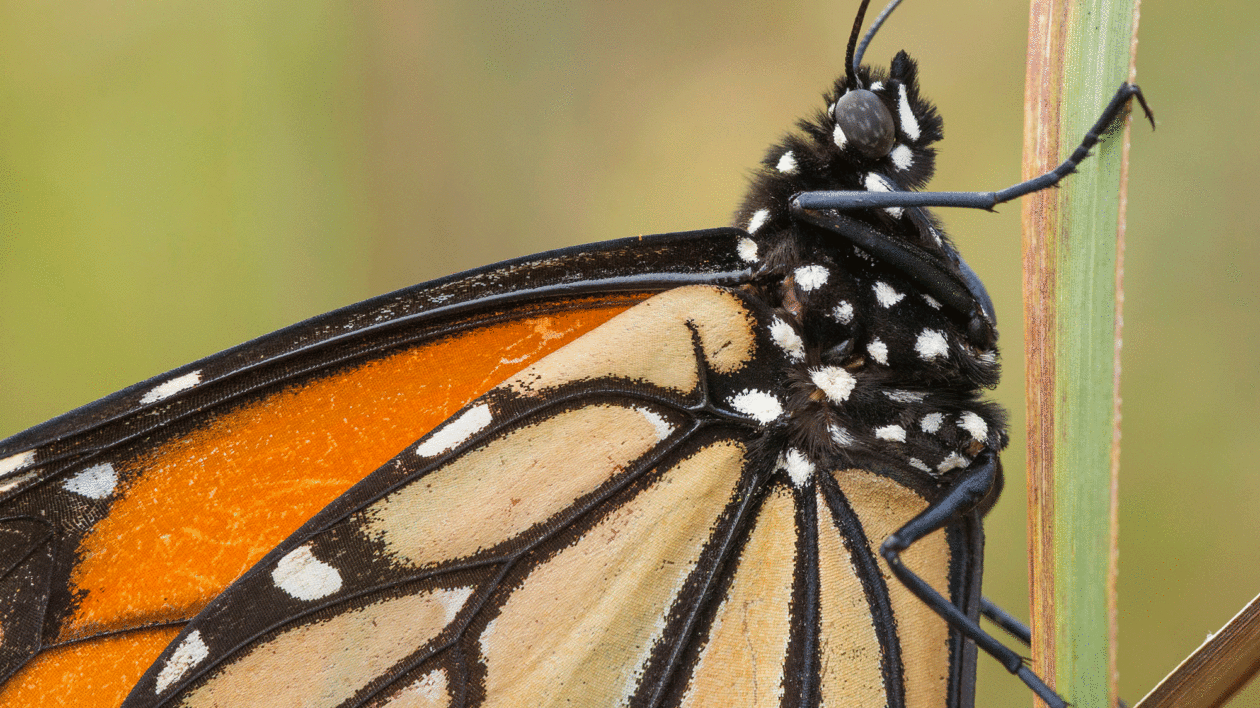
It would be great if thousands of people were sufficiently moved by my project to go explore the nearest prairie. It would be great, but I’m not counting on it. Instead, I’d be thrilled if people took a moment, looked through some of my photos, and thought to themselves, “huh, I had no idea there was so much going on in prairies!”
Just as it’s easier to empathize with people in far-off places after you’ve met a few of them, seeing some of what lives in prairies makes those prairies harder to dismiss as “boring grassy areas.” I love prairies and want to see them conserved. Showing others what I love is an important step in that process.
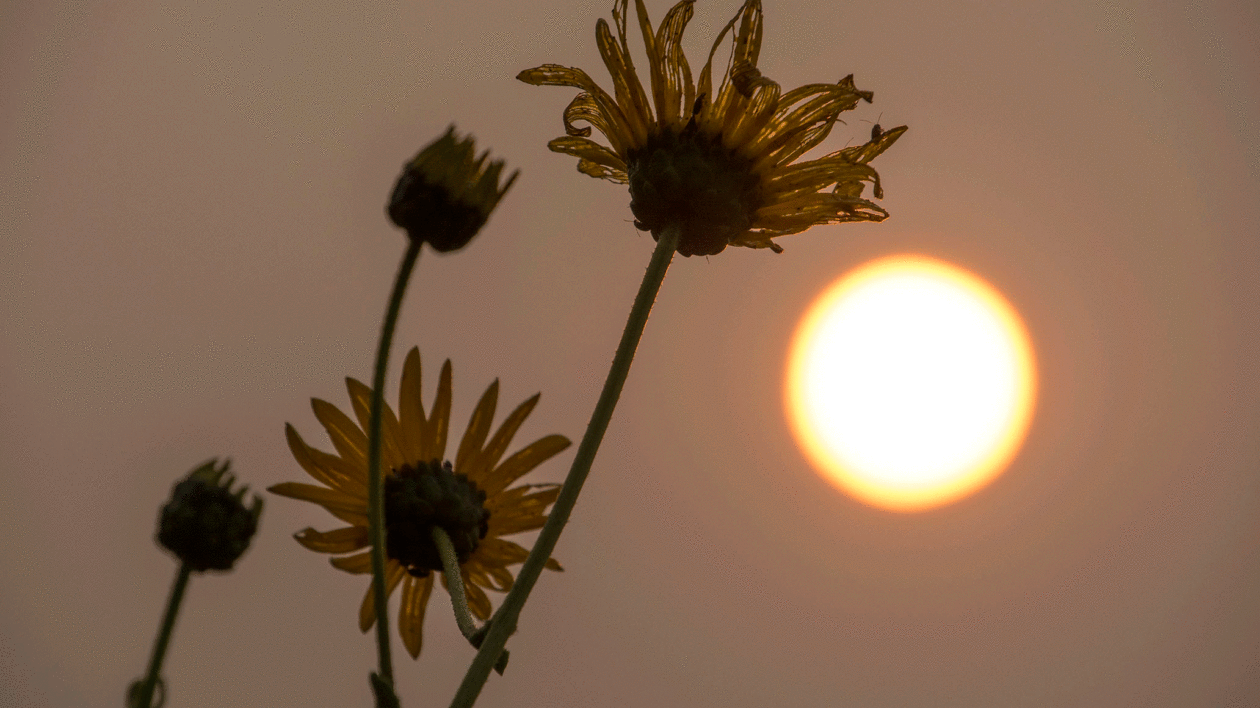
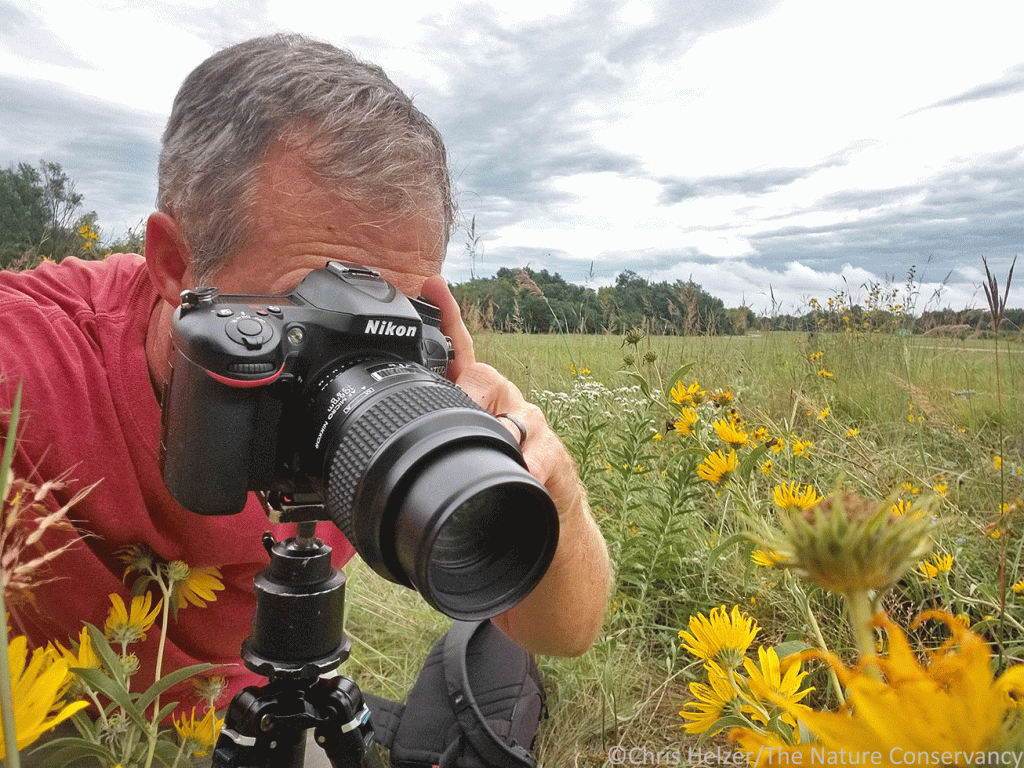



What an amazing post! I want to thank you for enriching my day. You photos took me right to your 1+1 meter and will keep me there thru out my day. A wonderful job!
Lovely pictures and good read.
I love this effort of combining the arts to promote and record nature through citizen science.
Thank you all. Please take the time to visit our website and watch our film about pollinators. We have many links on our FB page to further encourage pollinator projects and education. http://www.pollinatorsunderpressure.org
The Oxley Nature Center staff in Tulsa used to offer a citizen science program for middle school students. At one station teams of 4-6 students would fling a hula hoop into our prairie to mark the boundaries of a random plot roughly a meter across. We told them they had to RUN to get to their plot, to document things that might be flying or hopping or slithering out of the hoop. Imagine 4-5 teams of teens racing across a prairie screaming in excitement! We found astounding diversity in each small target plot.
Very nice. This reminds me of the farm pastures of my childhood. There aren’t many of those left.
This is so similar to a requirement for the Environmental Science merit badge which is required to earn Eagle rank for Scouts BSA! My son will work on it this summer. Can’t wait to show him your blog!
“Choose two outdoor study areas that are very different from one another (e.g., hilltop vs. bottom of a hill; field vs. forest; swamp vs. dry land). For BOTH study areas, do ONE of the following:
a. Mark off a plot of 4 square yards in each study area, and count the number of species found there. Estimate how much space is occupied by each plant species and the type and number of nonplant species you find. Write a report that adequately discusses the biodiversity and population density of these study areas. Discuss your report with your counselor.
b. Make at least three visits to each of the two study areas (for a total of six visits), staying for at least 20 minutes each time, to observe the living and nonliving parts of the ecosystem. Space each visit far enough apart that there are readily apparent differences in the observations. Keep a journal that includes the differences you observe. Then, write a short report that adequately addresses your observations, including how the differences of the study areas might relate to the differences noted, and discuss this with your counselor.”
I love the prairie also. I live in Cardston Alberta,and the prairie winter just blows me away (pun intended) . the sunrises are incredible and watching the drifting snow is fascinating .
These photographs are simple wonderful ! I gave my husband a digital camera for his birthday last year and will give him the challenge of photographing our small prairie planting this year!!
What a great project. Fantastic photos, too!
I love the prairie too! Thank you for capturing the beauty of the diversity that is the prairie community.
Would love to see the whole series of photos! I’ve had a fantastic time exploring my own small city lot which is continuing to build a community of native plants and natural soils. Amazing finds of insects & others when you look closely & take the time to identify & learn a bit about them. And yes, what you said “Just as it’s easier to empathize with people in far-off places after you’ve met a few of them, seeing some of what lives in prairies makes those prairies harder to dismiss as “boring grassy areas.” I love prairies and want to see them conserved. Showing others what I love is an important step in that process.” I am heartened to see each and every endeavor put forth of another human who sees the value of life besides their own! Thank you
Your story made me think of two quotes that I like. The first, by Willa Cather ” Anybody can love the mountains, but it takes a soul to love the prairie.” The second is from the book” Bringing Nature Home, How You Can Sustain Wildlife with Native Plants” by Douglas W. Tallamy, and it is “knowledge generates interest, and interest generates compassion”. I love the prairie and photographing it’s inhabitants also. I hope that your project will convince a lot of people of the value and beauty of the prairies!
Thanks for sharing your thoughts and prairie pictures. To me prairies are ever bit if not more beautiful than mountains. I restored a wild flower/native grass prairie in SW Minnesota which was a vast tall grass prairie habitat once and lose myself in enjoyment whenever I wonder through it. We need to keep restoring more of them.
Beautiful pictures. Thank you for sharing your passion and making me think twice when I pass a “prairie.”
Thank you for doing this! I enjoyed your pictures as well as the text.